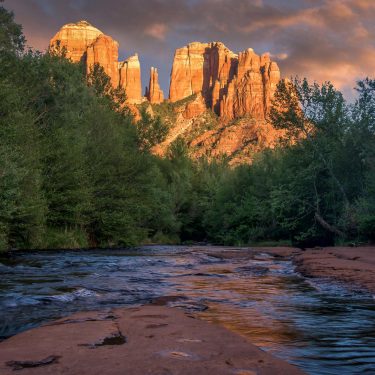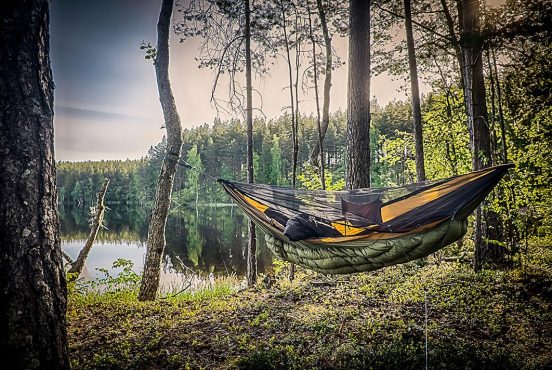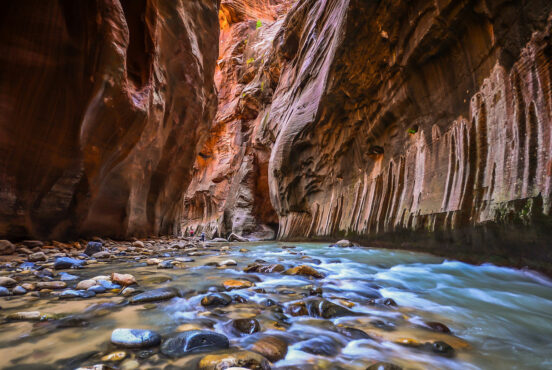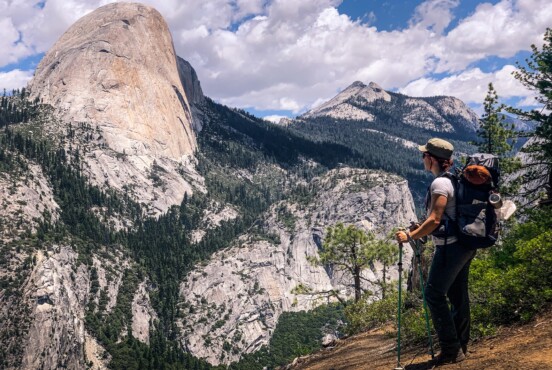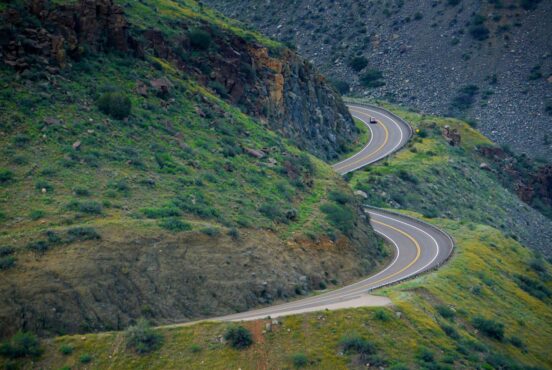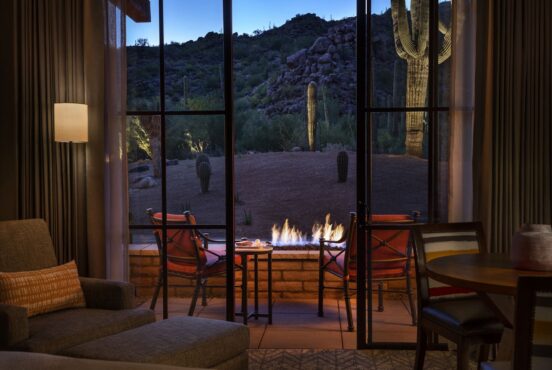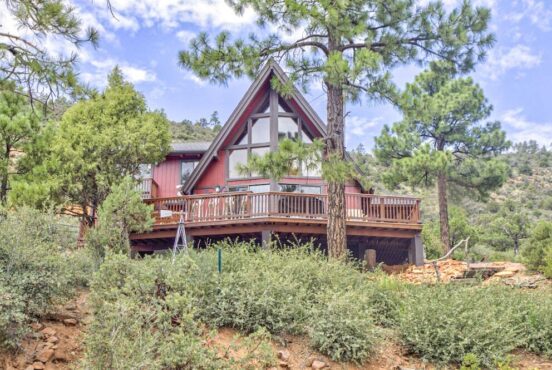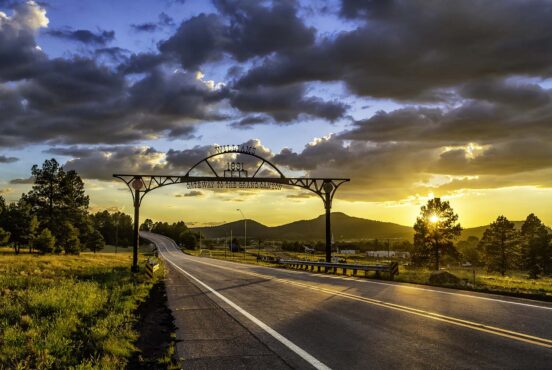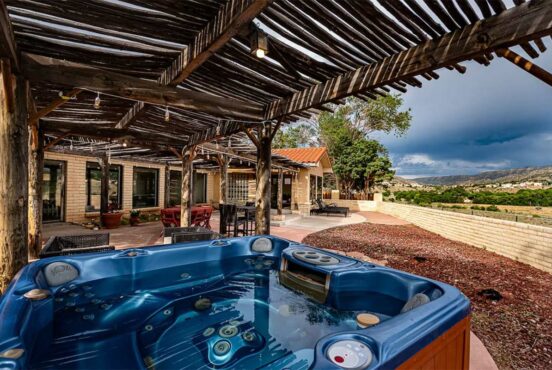We research, evaluate and select travel destinations based on a number of factors, including our writers’ experience, user reviews and more. We may earn a commission when you book or purchase through our links. See our editorial policy to learn more.
The West Fork Trail is one of the most popular and most beautiful trails in the Coconino National Forest. But the crowds thin out after a mile or two — so by backpacking in you leave the masses behind and step into a canyon of wildness and primitivity.
The first few miles is a balance between walking through thick forests of pine, juniper, and chaparral, and then wide open spaces towered by sandstone walls. Ferns and springtime blossoms scatter along the ground. The second half of the trail is a jaw-dropping journey through a wild canyon with the creek at your feet.
Laying the Groundwork
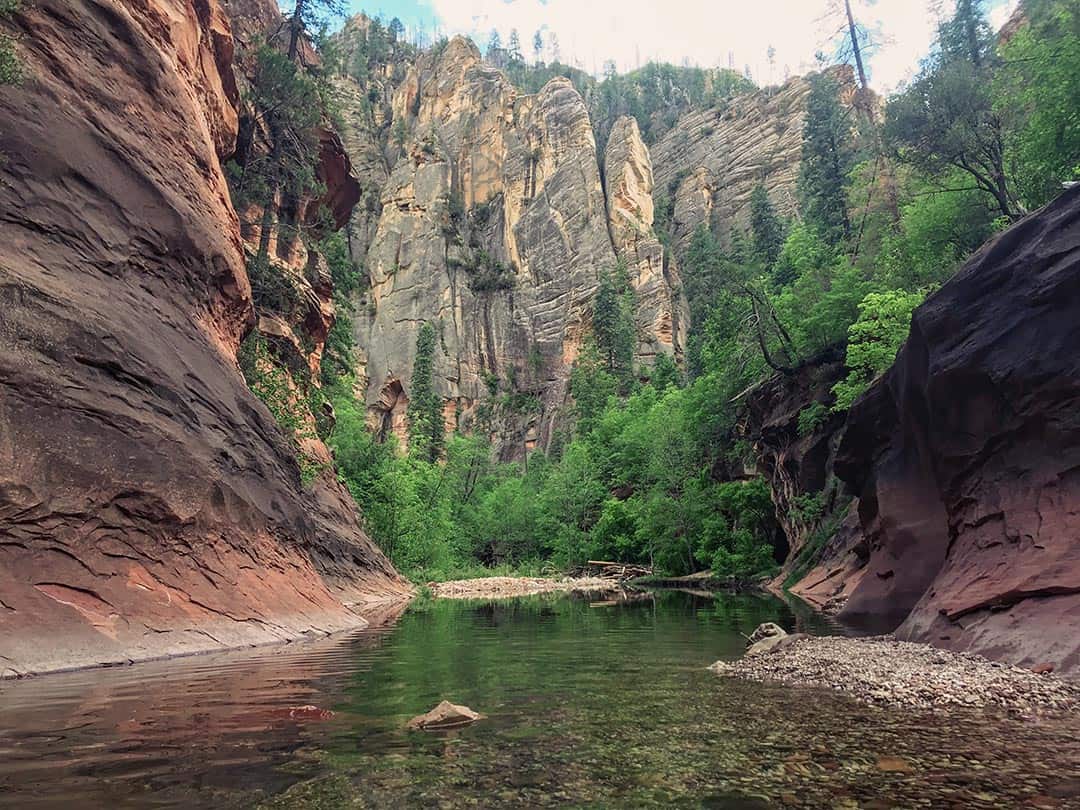
I’ve had the urge to backpack West Fork for a few years coming. I heard from this person and that person that if you just keep going, there is a campsite in the depths of the canyon. This adventure-dream of mine came to fruition in early May, and will be a tale I share for the rest of my life.
Two of my gal pals, Gabby and Bronte, joined me for the journey. The timing for the trip seemed serendipitous as we were all at pivotal moments in our lives.
Gabby had just walked away from a toxic job to start the groundwork of launching her own business. Bronte was prepping for a promotion—a role that would lay the foundation of her career. And I had successfully gotten myself out of student loan debt, which opened the doorway for some bigger life decisions.
As any outdoor enthusiast knows, there’s nothing like a generous dose of nature to get grounded, balanced, and return to life’s responsibilities with a clear mind. The three of us needed a deep breath, and West Fork provided the purest oxygen.
Finding the Trailhead
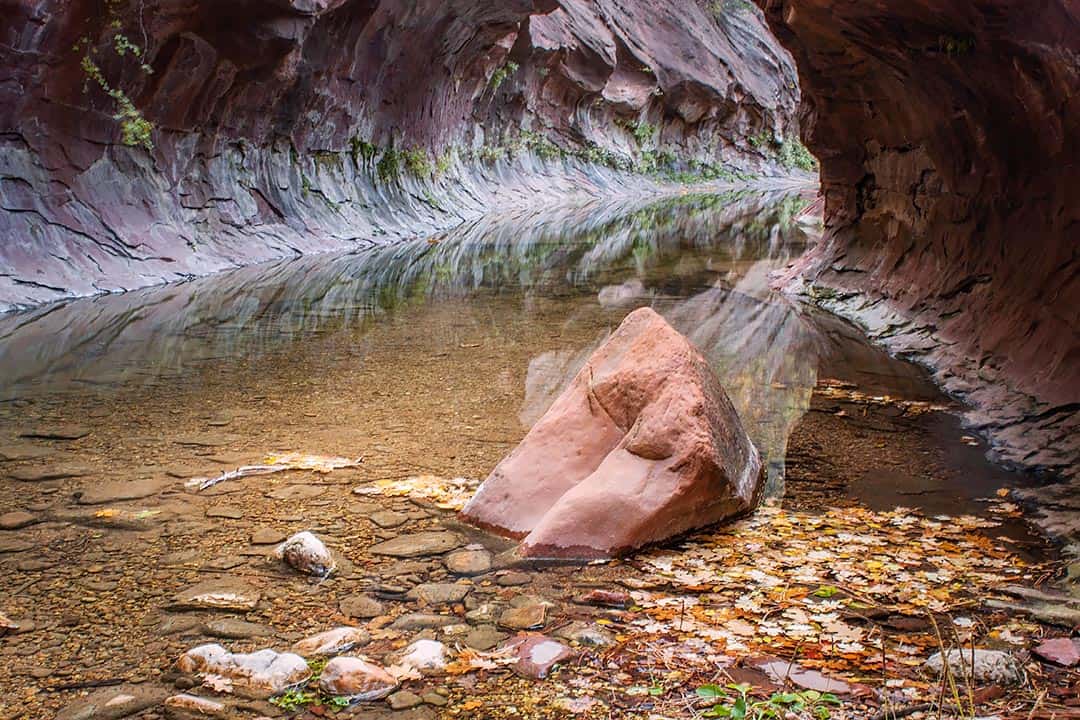
The trail begins in Oak Creek Canyon via SR-89A. The drive through the canyon is considered one of America’s most scenic drives, so you can bet swerving down the highway with your head out the window is part of the adventure.
Overnight parking is not allowed in the West Fork trailhead (officially named Call of the Canyon Picnic Site), although we didn’t know this when we went. If you go, plan on parking in one of the pullouts along the highway about a half-mile north of the parking lot.
Parking, even on the highway, fills up quickly so an early start is always the best. Know that you will share the trail (at least for the first few miles) with crowds.
We made the trip on a Monday, and planned to park in the parking lot. We’d heard stories of wait times of 30 minutes or longer just to park, but there were no lines in sight.
It’s $11 to park in the day-use area. Considering none of us had ever done an overnighter in the canyon, we weren’t quite sure how the fees would work.
We hesitated asking the woman at the fee station, in case she told us we wouldn’t be able to backpack the trail. So, we left a note on our day-pass that read, “Went backpacking. Will pay additional fees if necessary when we return on 5/14.” We figured it was honest and sincere enough.
Starting the West Fork Trail
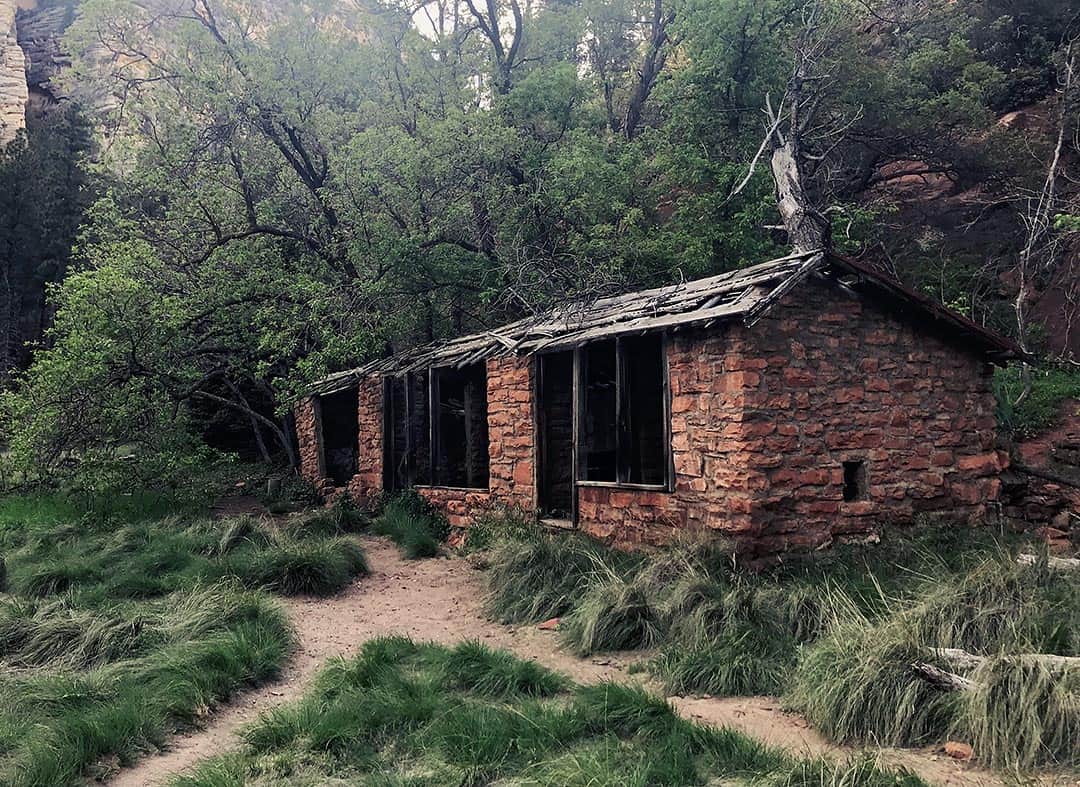
Before you enter the canyon, you pass by a handful of old brick structures. These are the leftovers from homesteaders that arrived in the late 1800s, as well as a lodge that operated from 1926–1968.
The Forest Service acquired the area in 1968, but had yet to open it to the public due to lack of funds for restoration. A fire came blazing through in the 1980s and burned down the complex. What you see are the remains.
You’ll also come across a sign that says there is no camping permitted within six miles of the trailhead. Please abide by this rule.
The first three miles of trail are maintained. Afterward, you will need to trek about another three miles before you can set up shop.
For the second half of the trek, the trail is only intermittent. When the trail disappears, you’re usually required to wade through water, and sometimes the creek is about thigh-high. But that’s when the real magic happens, anyway.
We didn’t start the hike until about 4:30 p.m. Bronte had some work duties to take care of in the morning while still in the Valley, and we wanted to grab a bite from Indian Gardens Cafe. We didn’t think twice about it.
Into the Evening Light
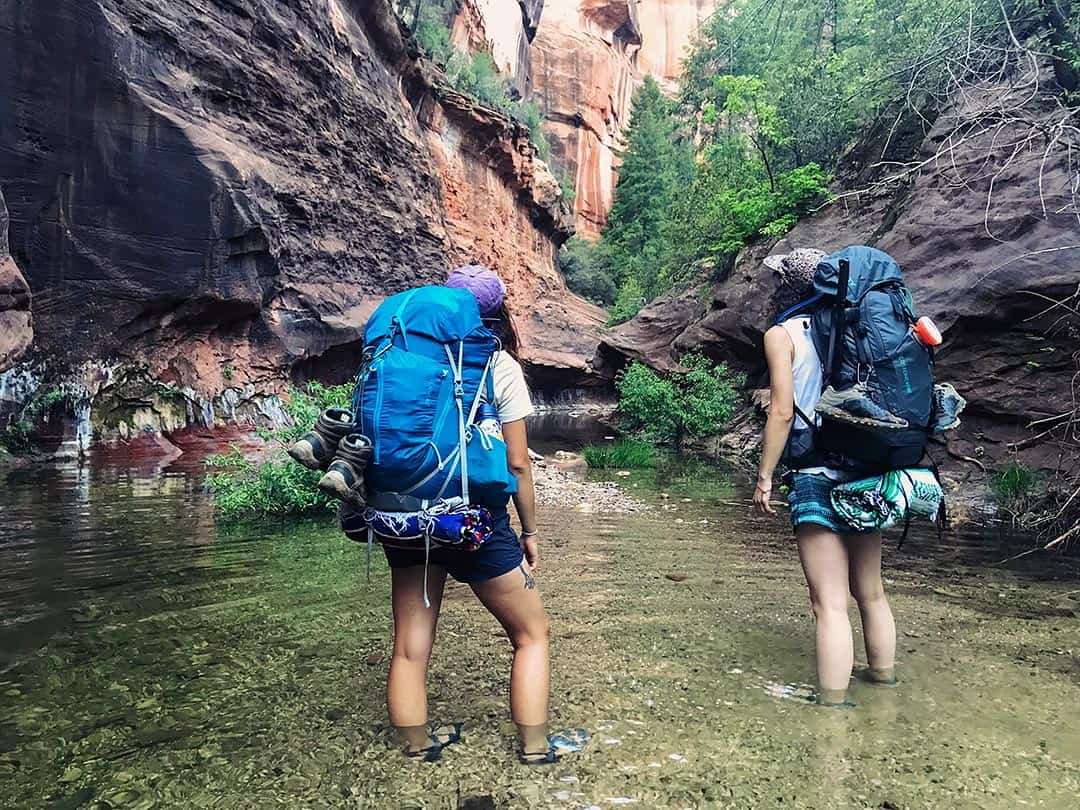
Hiking in the late afternoon offered a golden light peeking through the layers of the forest. We witnessed crows and cranes do their evening bird duties before settling into the darkness that would soon come. The other trekkers we passed were heading back to their cars for the evening, while we were just starting our dance with the canyon.
“You gals are planning on camping out there?” a fellow hiker asked.
“Yes,” we said.
“You know you have to walk through the creek for another three miles after the end?” he asked.
“Yes,” we said.
“Are you going to have enough light?” he asked.
“We hope so — we brought headlamps,” we said.
He chuckled, offered us good graces, and told us to enjoy ourselves.
While on the maintained trail, there’s several creek crossings. But considering the number of people that do this hike, rocks and logs have been lined up to make it approachable. The creek isn’t exactly roaring, either.
The trail “ends” when it becomes obvious that you cannot continue hiking without getting your feet wet. We did a quick shoe change (Chacos and Tevas) and went on our way. Along with a change of shoes, came a change of energy in the canyon. It became more quiet, tranquil, and untamed.
Wading into the Dark
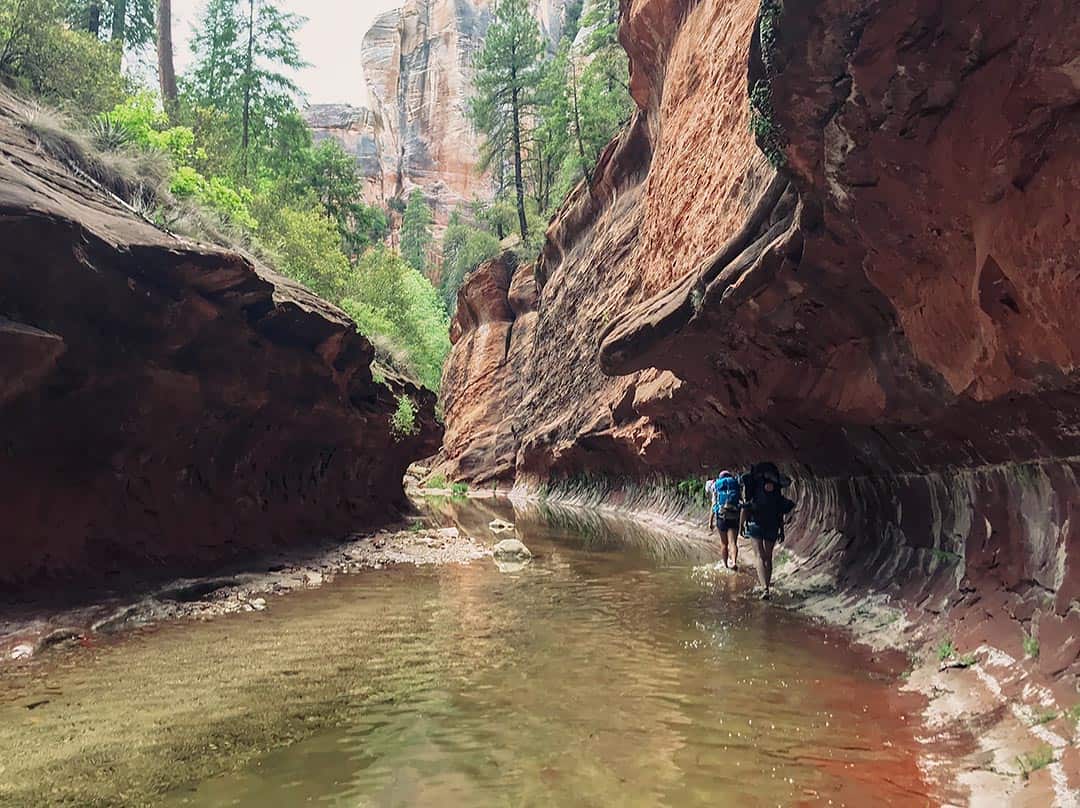
While wading through the flowing creek, noticing the cascades and curves in the canyon effortlessly carved out by water, I couldn’t help but ponder Earth’s creations.
The creek I stood in ingrained itself on this canyon and created walls hundreds of feet high over the course of millions of years. It’s a concept our brains have a difficult time understanding, but it certainly provides perspective.
Twilight was eventually upon us. The sunlight was at its final moments and our environment turned from golden and scenic to erie and unpredictable. We had a couple more miles to go and knew there’s supposed to be a campsite somewhere.
We felt vulnerable hiking through the canyon in the darkness with only headlamps to light the way. We made mental notes of some backup campsites and their locations.
Twinges of fear crept up here and there. Not to mention, the temperature of the creek wasn’t exactly warm. But trust, courage, and the company of each other kept us calm.
After several more articulated steps, Bronte spotted a cairn to our right. We felt weightless in our relief. Soon afterward, we reached an area of the creek that became too deep to cross, and our only option was to climb the canyon wall to our right.
Several one-off trails seemed promising to lead us to the campsite we’d been yearning for. Eventually, we stumbled upon an area with a proper fire pit and stacked rocks for chairs. We were home free.
Around camp, a successful fire burned, dehydrated dinners were consumed, and life perspectives were shared. Fair warning, though, there are some big, big spiders crawling around.
Triple check yourself and your tent before drifting off to sleep, and make sure all your food and flavored items — including chapstick, toothpaste, food-based oils, etc. — are hung high in a tree far away from your camp. Black bears call the canyon home, too.
Morning in the Canyon
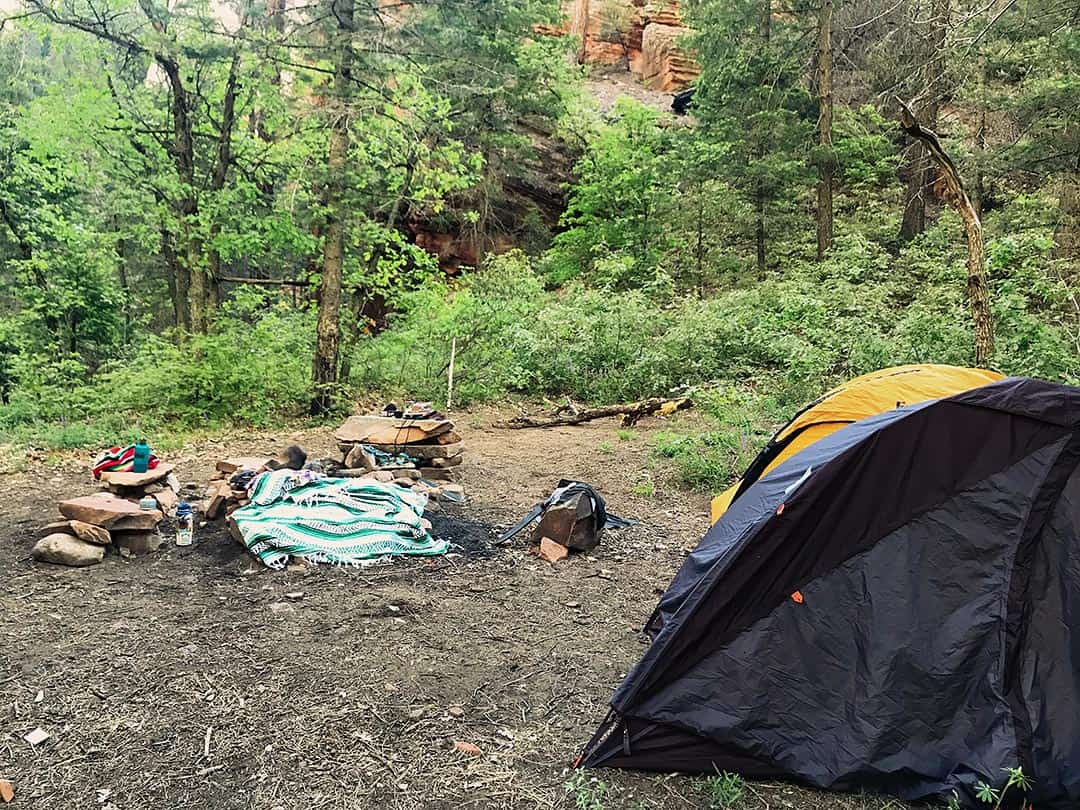
We were in no rush to leave the following morning, especially considering our late arrival. We wandered off to have our moment of silence with the canyon, and once the sun showered its light on the creek, we went for a dip.
The water was brisk — sending chills down our spines and had us gasping for air. Nothing like a cold plunge that reminds you what it feels like to be alive, particularly in West Fork.
We packed up camp and started our trek back around 2 p.m. — admiring the surrounding beauty the whole way. It felt a world’s different in the sunlight. The canyon reminded us how tiny we actually are.
By the time we reached the maintained trail, the weight of our packs really settled in. Backpacking simplifies an adventure, but at the cost of carrying everything you need to survive on your back. Your hips, back, and shoulders will scream for a massage by the time the trip is over.
We picked up the pace and saved our energy by hiking in silence. Finding a flow was the only way we’d make it out of the canyon with a decent attitude. By the time we reached the car and shed our packs, we were walking as if we aged 50 years overnight.
And fortunately, we didn’t receive a ticket—just a note that read, “No overnight parking, please.” We were more than ready for authentic Indian food from India Palace followed by coffee and dessert for the drive home from ChocolaTree.
If the canyon of West Fork taught us anything, it’s that spending the night in it was not a privilege nor a luxury, but rather a necessity that required a summon of courage.
Directions & Deets
Getting There: From Phoenix, take I-17 north for about an hour and a half and take exit 289 onto highway 179 toward Village of Oak Creek. Once you’ve reached Sedona proper, use the round-a-bout to get onto the 89A northbound. After passing through uptown Sedona, enjoy the drive through the canyon. There’s a sign for West Fork after 10 miles on the left side. Park in one of the roadside pullouts a half-mile north of the main parking lot.
From Flagstaff, hop on the I-17 going south. Take the exit for 89A south. Parking for West Fork will be on your right after 15 miles.
Difficulty: Easy / Moderate for most hikers (considering the weight of a pack and hiking through the creek)
Distance: 12 miles round-trip (approximate)
820 feet
Dogs: Yes, they’ll love it.
Best Time to Go: Spring, Summer, and Fall. The shade and water will keep you cool in the summer months. Winter is a fantastic time for day hiking and playing in the snow, unless you’re into the winter-backpacking thing.
Related read: Best Campgrounds in Sedona
Seen in: Arizona, Backpacking, Southwest

